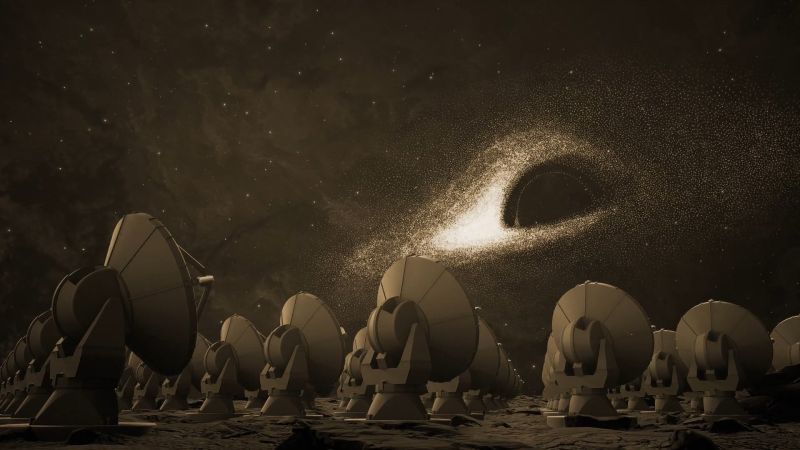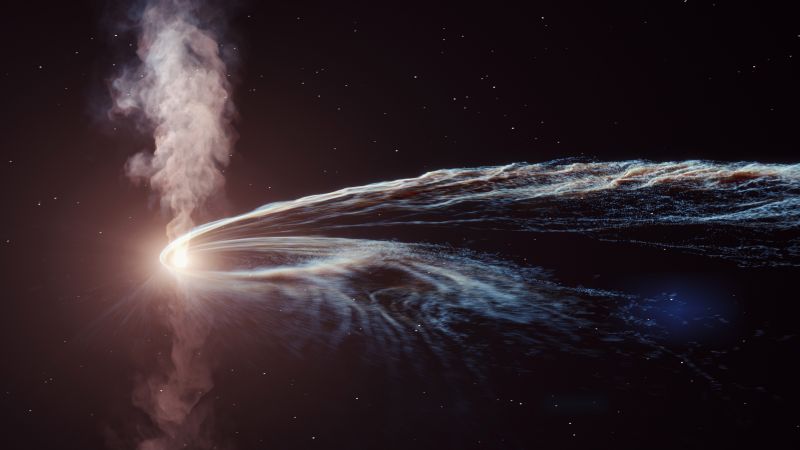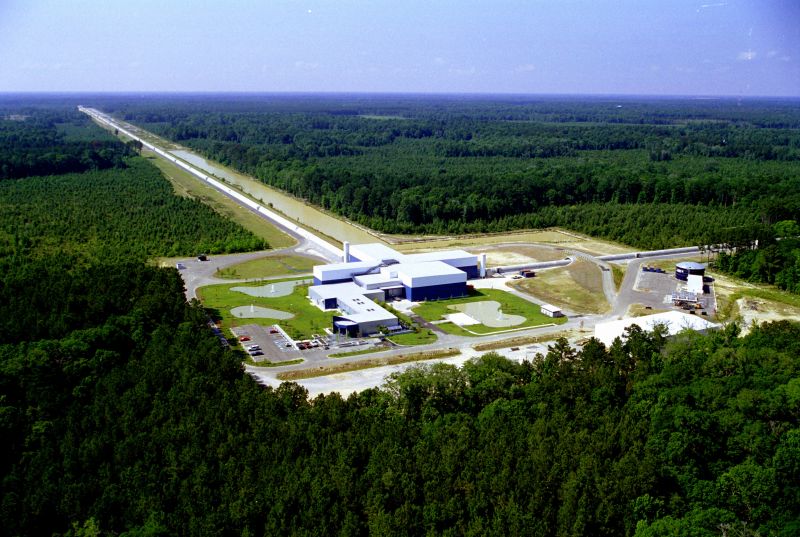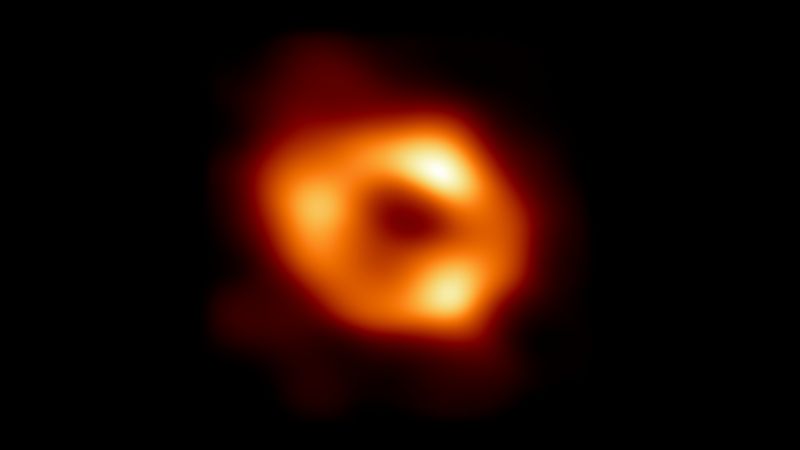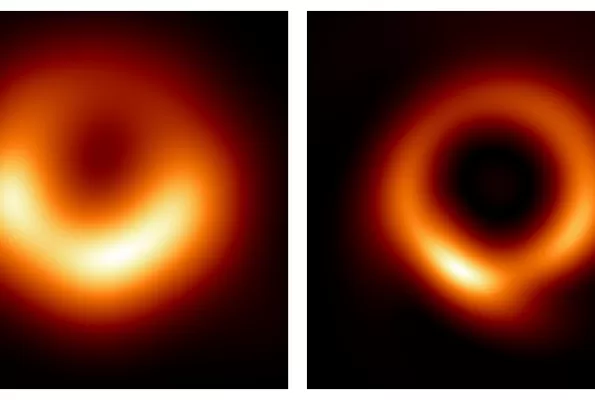
5 black hole facts to blow your mind
Black holes have long fascinated the imagination yet challenged discovery. Their extreme gravity, so strong light cannot escape, make them exceptionally difficult to see. Nearly a century after scientists suggested black holes might exist, the world has tools to see them in action.
The US National Science Foundation is at the forefront of these efforts, supporting researchers studying black holes; facilities such as the Laser Interferometer Gravitational-Wave Observatory, the Event Horizon Telescope, and the international Atacama Large Millimeter/submillimeter Array; and providing time on supercomputers so data can be analyzed.
With a seemingly endless supply of weird and wow, these facts will blow your mind.
1. There are likely millions of black holes in our galaxy, and we will probably never know where they are
There are probably millions of black holes in the Milky Way alone, orbiting like the stars, but we cannot see them. Black holes are extremely dense pockets of matter, objects of such incredible mass and miniscule volume that they drastically warp the fabric of space-time. These monsters of the universe are nearly undetectable unless they are feeding on space stuff or tugging on nearby stars. That means one hungry black hole could be zipping right through our solar system without us knowing, but that's highly unlikely.
2. If you fell into a black hole, you would never escape
If you got really close to a black hole, you would get sucked in and never escape. Anything that passes too close, from a wandering star to a photon of light, or even a human, gets captured. Scientists call this point of no return around a black hole the event horizon. The closest known black hole to Earth is believed to be 1,000 light-years away, so don't fret — we are not getting sucked in.
3. If you fell into a stellar-size black hole, you could turn into human spaghetti
Yes, it's as gross as it sounds. A stellar-size black hole's gravity field is extreme and can vary enormously over small distances. If you fell in, your feet would immediately get pulled way more than your head, and you would stretch — a lot. This super stretching effect is called spaghettification. Consider this a public service announcement to stay away from stellar-size black holes.
4. A black hole could fit in your pocket
Scientists believe there are four kinds of black holes: primordial, stellar-mass, intermediate-mass and supermassive.
- Primordial black holes: Many scientists believe these tiny black holes formed from the condensation of raw materials in the early cosmos and emerged soon after the Big Bang. Most were extremely tiny, about the size of an atom or smaller. While the smallest have likely evaporated, the larger primordial black holes may still exist — though, even those have remained undetected.
- Stellar-mass black holes: The most common black holes form from the result of a supernova, the catastrophic death of a massive star. Most stellar-mass black holes are roughly five to 10 times more massive than the sun, but the NSF-supported Laser Interferometer Gravitational-Wave Observatory has detected several with masses up to 100 times that of the sun.
- Intermediate-mass black holes: Black holes that range from about a hundred to hundreds of thousands solar masses are called intermediate-mass black holes. Astronomers have spotted evidence for a handful of candidates but were only recently able to confirm their existence. Scientists believe there are several scenarios that may explain their formation. They might have formed in environments dense with stars or from mergers of stellar-mass black holes or something completely different.
- Supermassive black holes: Supermassive black holes are huge, ranging from millions to billions of times the mass of the sun and appear to be in the center of almost all galaxies. The supermassive black hole at the center of the Milky Way is , commonly known as Sgr A*, with a mass of over 4 million suns. An important area of modern astrophysics is determining how supermassive black holes came to be: Were they formed with such high masses, or did their mass build up over time? Understanding these questions can give insights into the cosmic origins of our galaxy.
5. For the first time in human history, we know what a black hole looks like
The NSF-supported Event Horizon Telescope captured the first image of a black hole called M87* in 2019, and its mass is the largest known — 6.5 billion times the mass of the sun. In 2022, scientists released the second image ever captured of a black hole; the one at the center of the Milky Way dubbed Sgr A*. To capture images of black holes, an international collaboration of scientists connected telescopes from around the planet into an array that worked together as a super telescope, enabling them to capture the region around the black hole and the pitch-black void at its heart, where the black hole lives.
For more information about black holes visit Exploring Black Holes.

